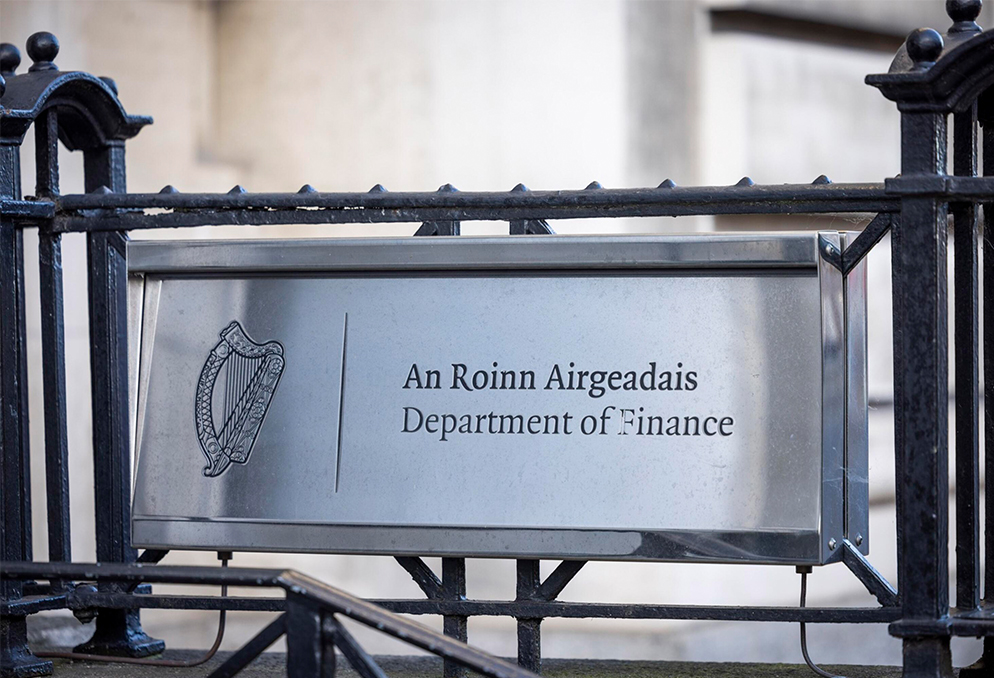There’s nothing like budget day and the onslaught of pre-budget submissions to remind us how many associations, representative bodies and organisations are looking for a piece of the financial pie.
They all have the best intentions at heart in doing what is best for their members and the people they represent. They know how much of the pie is required to feed their cause but simply putting your hand up for even the smallest sliver is fruitless when those dishing out can’t distinguish you from the crowd.
In fairness, this is true all year round for the many industry reps and associations lobbying the Government for reform, funding, policy changes, introduction of legislation etc. Even trying to find the ear of those in opposition can prove arduous among the noise.
Let’s be honest, everyone believes that their fight should be the main event, all the others are simply the undercard. You’ve seen what dysfunctional policy is doing to your sector, you’ve put in the hard work, you’ve engaged with members, listened carefully to the needs of those in your sector, you’ve identified the shortfalls and you can offer real and tangible solutions. All you need to do now is package this up into a friendly round robin email to TD’s and Senators and they’ll immediately be in your corner wiping your brow, right? WRONG!
This may sound harsh, but the chances of your email recipient reading past the ‘I hope this email finds you well’ part are fairly slim, unfortunately you are merely one of many. But alas, there is a process which works to propel your cause to the top of the political priority list.

Stages within the process
The fear of the media is real. Luckily the majority of the time this is an irrational fear, and the sooner you get over it the better. “Why?” Because when your message consistently appears in national print as politicians enjoy their morning cornflakes, when it resonates through morning radio during their ministerial commutes, and when they witness their constituents’ comments flooding in under social media posts, your cause becomes their concern.
A thorn in your side will drive you to find something or someone to remove it. In this instance, bad press is that thorn. Suddenly, your inbox fills with invitations from government departments, the elusive Oireachtas Committee moves you up the priority list, and the opposition wields your messaging as ammunition in the parliamentary chamber.
Now you have their attention! However, reaching this point is a process. If you think trying to get the attention of politicians is difficult, trying to navigate the media can be a minefield.

Managing media
Let’s do some role play; you are a representative association in, let’s say, the health sphere. For a long time now, your members have been unhappy with how little attention they are receiving from policy makers. Legacy issues from badly drafted policy and legislation has taken its toll on the profession and sector as whole. The calls for reform and requests for engagement have long fallen on deaf ears. The press releases you’ve been sending out to journalists to highlight this are not landing.
Why is this the case? The honest and brutal answer is that nobody is really interested in said sector or said profession. What matters most to them is how all of this impacts the readers, listeners, or viewers. They’re primarily concerned with how your message resonates with their audience. In this hypothetical role play, the audience we’re discussing are the patients who are directly affected.
Therefore, any message being communicated through media in this instance must be patient centered. Statistics and figures play their part, but it is the human element to your messaging which will set you apart from the hundreds of press releases landing in the inboxes of editors daily.
Journalists want to tell a story – statistics and figures don’t engender emotion. The first question a journalist will often ask when covering a story is ‘do you have a case study’, this is because they want to take the information you have provided, construct a story, put a face to it and make it everybody’s issue. The ability to empathise with your audience is essential for effective storytelling.
If the message our healthcare association aims to convey is that the Government is insufficiently funding and supporting the healthcare sector, resulting in pressure on healthcare professionals, the straightforward headline would be ‘calls for more Government funding as sector under immense pressure’, complemented by a few statistics and figures for added impact. While this headline captures the core message, it may not pique the journalists’ interest.
Mining for media gold
It’s good that you have scratched the surface and identified the main issues affecting your sector and your members, but now you must mine for that media gold. In this case, our treasure lies in human interest stories and compelling case studies.
In this hypothetical scenario, we must consider the impact on our patients. We need to determine what will truly capture the attention of those reading or listening to our story. How does our message resonate with the lives of the audience, or, in this case, the patients?
Having mined your stats, research and anecdotal evidence you find a staggering revelation: thousands of children have been left waiting years for essential care. This discovery is akin to striking gold in your quest for a compelling narrative.
Now you have a headline which will land with a bang, suddenly your message is everywhere anchored by your attention-grabbing headline ‘Thousands of children forced to wait over 10 years for essential medical checks’.
In the weeks and months that follow, continue to shed light on the suffering of patients, presenting real-life stories from both the patients themselves and the healthcare professionals treating them.
On top of this, offer solutions, show that you are the experts and know more than anyone how to implement genuine reform. Suddenly you have become that troublesome thorn in the politician’s side. You’re firmly on the political radar!

Bringing it all together
This is a simple method really:
- Identify how the issues affecting your sector/members impact the public.
- Base your topline around this and provide case studies/human examples.
- Having garnered attention, hang your own central message from these headlines.
- Offer solutions!
- Repeat this process until it becomes a national discussion or issue of public importance which politicians cannot ignore.
You may ask ‘if this is so simple why doesn’t everybody do it?’ Well, because it takes bravery and being open to vulnerabilities. You must be open to engaging with media when requested, you must be open to trusting your case study representatives to tell their story, you must be open to owning your flaws, to accepting criticism and confident in steering discussions back to your central message.
There is such a thing as bad publicity in politics, capitalise on that by hitting the right tone in media – do this and you’ll see policy makers begin to play to your tune and you may just see your pleas answered in the budget.

Niamh is a journalist at heart with over 15 years experience, she offers clients strong insights into the media industry. Moving from radio into television in 2015, she became the reporter/anchor with Virgin Media News. In 2018 Niamh became the co-presenter on Virgin Media Sport’s UEFA coverage.
